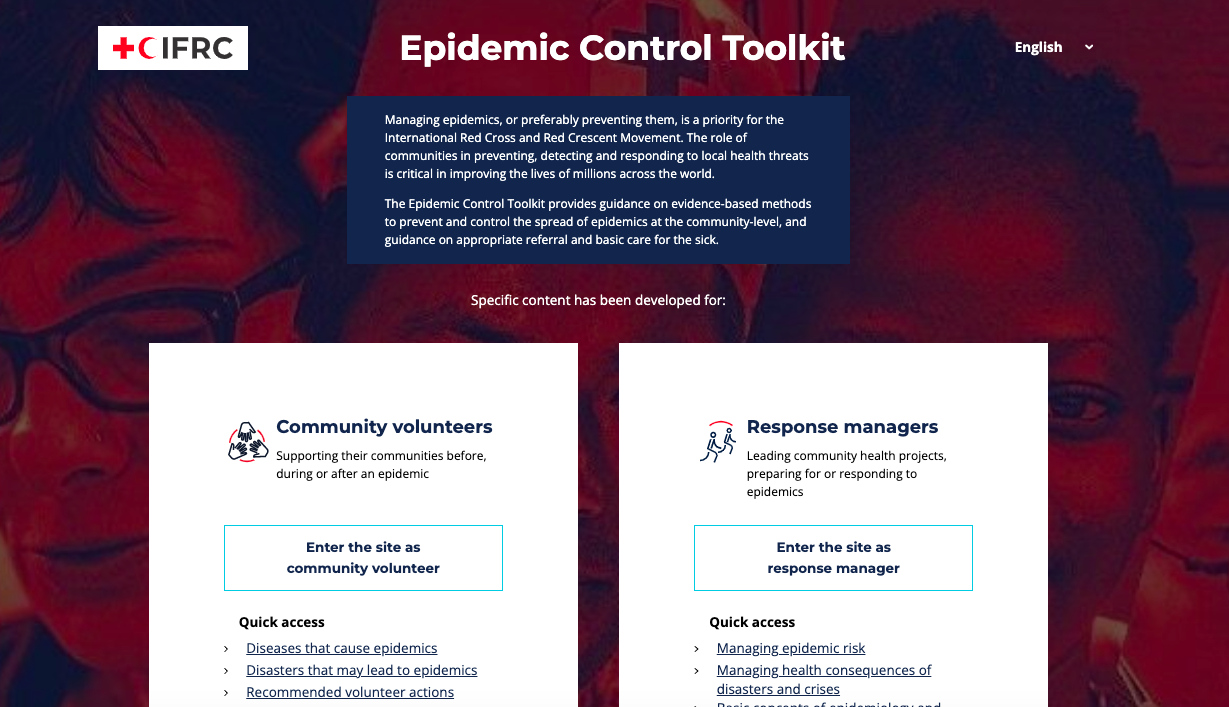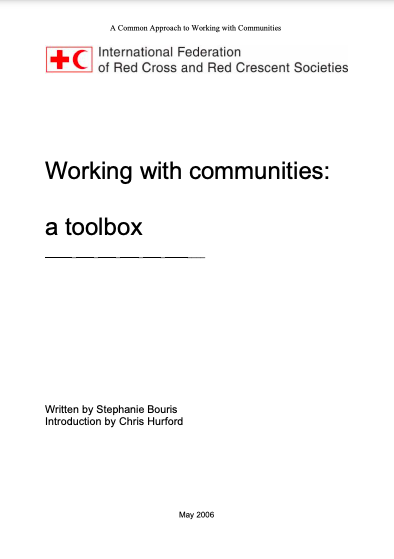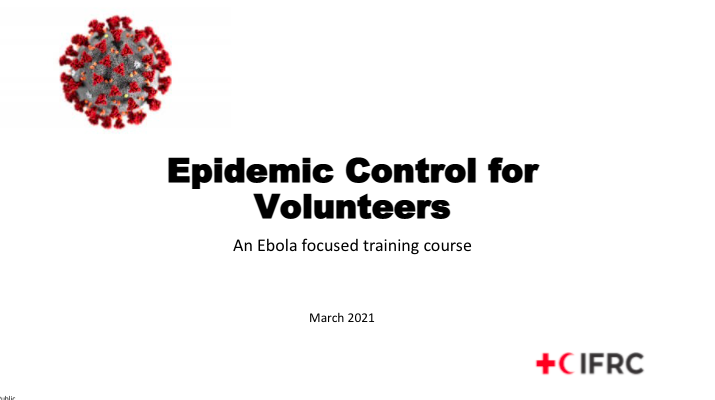CEA and Health
Before, during and after a health emergency, it is essential to provide people with trusted, clear and effective information. Engaging with communities can help to prevent fear, panic and rumours from undermining response efforts. Actively involving communities in the design, delivery, and evaluation of health interventions helps ensure that services are relevant, inclusive, and responsive to diverse needs. Accountability mechanisms, including clear information sharing and accessible feedback channels, enable people to influence decisions that affect their health and well-being.
Key resources
9 March 2023
RCCE key message bank for cholera outbreaks
Type:
Message bankOrganization:
WHOA Risk communication and community engagement key message bank for cholera outbreaks. These messages should be adapted to the local context and audience based on needs, epidemiological and social/behavioural data.
27 February 2023
Hellenic Red Cross Case Study – Discussion Sessions
Type:
Case StudyOrganization:
Hellenic Red Cross, IFRCThis case study explores how the Hellenic Red Cross launched information and discussion sessions with women living in migrant accommodation centres in Greece as a chance for people to share…
22 February 2023
Social, behavioural and community dynamics related to the cholera outbreak in Malawi
Type:
Briefing noteOrganization:
Collective Service RCCEThis brief is a rapid synthesis of socio-behavioural evidence relating to the 2022 cholera outbreak in Malawi intended for national and international response partners. It focuses on interpreting this evidence…
21 February 2023
Cholera outbreak: Resource guidance
Type:
GuideOrganization:
IFRCThis live document aims to support Red Cross and Red Crescent National Societies and partners with key available thematic guides, tools, and resources on cholera. This document does not fully…
9 February 2023
From managing misconceptions to building trust in Covid-19 vaccination
Type:
Case StudyOrganization:
IFRC, Nepal Red CrossA case study capturing how Nepal Red Cross Society volunteers engaged with the communities in Nepal to tackle Covid-19 vaccine hesitancy.
2 February 2023
Community feedback report, Nepal Red Cross Society
Type:
ReportOrganization:
IFRC, Nepal Red CrossA report on community feedback collected by Nepal Red Cross Society during the period 01/01/2022 – 31/10/2022. The report includes feedback on the COVID-19 vaccine, first aid, and WASH.
9 January 2023
Context analysis report, Papua New Guinea
Type:
ReportOrganization:
IFRC, Papua New Guinea Red CrossThis report presents the context analysis and needs assessment of the vulnerable population that the seven branches of the Papua New Guinea Red Cross reach. The findings cover the safety…
1 December 2022
Guyana COVID-19 Perception Study 2022 (summary)
Type:
ReportOrganization:
Guyana Red Cross, IFRCThis document contains a summary analysis of findings from six focus groups and an online perception survey, developed by the Guyana Red Cross Society with support from the IFRC CEA…
1 December 2022
Guyana COVID-19 Perception Study 2022
Type:
ReportOrganization:
Guyana Red Cross, IFRCThis document contains an analysis of findings from six focus groups and an online perception survey, developed by the Guyana Red Cross Society with support from the IFRC CEA Americas…
19 October 2022
Updated RCCE training package for C-19 Vaccination
Type:
Training MaterialOrganization:
IFRC, UNICEF, WHOAn updated RCCE training package for the COVID-19 vaccination, including PowerPoint slides, a facilitator guide and exercise handouts.
19 October 2022
Member states roadmaps for acceleration of C-19 vaccination
Type:
RoadmapOrganization:
UNICEF, African Union, Africa CDCA collection of member states roadmaps for the acceleration of the COVID-19 vaccine.
19 October 2022
Updated perception survey question bank
Type:
ToolOrganization:
IFRCA bank of updated COVID-19 perception survey questions.
Page 7 of 24



